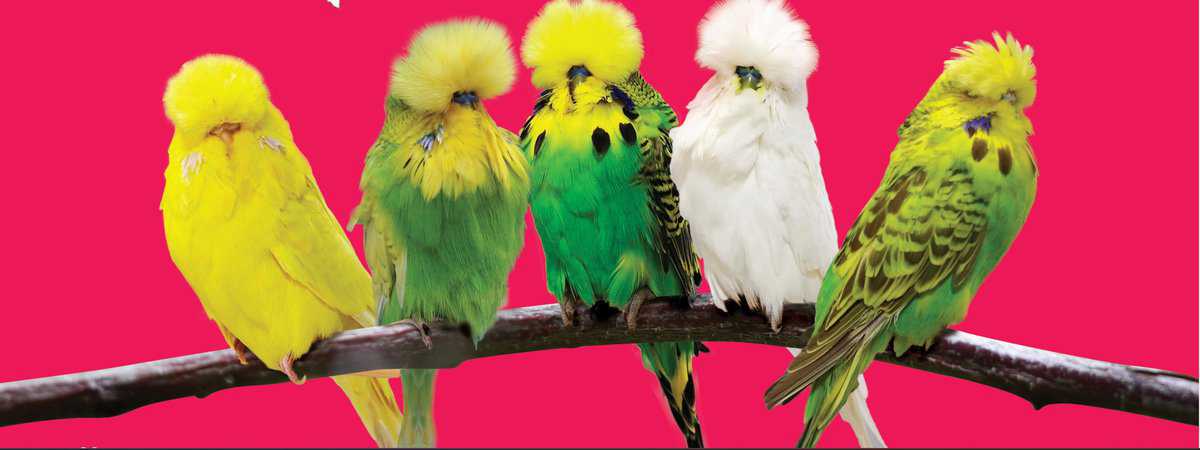Welcome to the Budgerigar Council of South Australia’s guide to pet budgies sometimes referred to as budgerigars or parakeets. Pet owners all over all over the world are attracted by these tiny, playful birds. The budgie is a small bird that has earned itself a reputation as lovable, intelligent and friendly. It’s a distant second only to the popular cat and dog.

It’s crucial to understand their personality and preferences before you allow them to join your home. This guide offers all the necessary information to live a happy, healthy life both for yourself and your feathered buddy.
A tiny social butterfly
Budgies are extremely social animals that thrive in friendship. In the wild, they dwell in large groups, constantly talking and chirping with each their fellow. Although one bird can develop an unbreakable bond with their human owner if it is treated with a lot of love and care, they’d prefer feathered friends. If you’re not able to manage two birds, then you should devote time to the one bird to prevent lonely.
Chatterboxes That Have A Flair to mimic
One of the most lovable features of a pet’s budgie is their capacity to imitate sounds. Budgies can learn phrases and words with patience and training. This adds a wonderful aspect of entertainment to the whistles, chirps and squeaks they make. The vocabulary of budgies can differ. Certain budgies become chatterboxes while others prefer to whistle. Their playful voice will put joy to your face regardless of how adept they can talk.
A Rainbow on Wings
Budgie birds come with a wide range of shades, ranging from the traditional yellow and blue light to more intense shades of violet green, and white. Breeders have created numerous mutations that you are sure to find one that matches your preferences. Beyond the aesthetic These color variations could occasionally indicate the bird’s age or gender, making them an excellent conversation starter in the pet shop.
Living Large in Small Spaces
Although budgies may be small birds however, they require plenty of space to fly, climb and explore. The ideal size for a cage should be at least 20 inches in length with 12 inches of depth and 18 inches high. The larger the cage the better. Give perches of different heights and textures to keep your pet engaged and to rotate their toys frequently to avoid boredom. The cage should not be set in direct sunlight.
A Budgie-approved Diet
A healthy budgie bird diet consists primarily of a high-quality pelleted food formulated for small parrots. It supplies them with all the necessary nutrients for a successful life. Add to their pellet diet fresh fruits and vegetables, such as chopped greens, carrots, and apples (be certain to take out the seeds). A cuttlebone is essential to keep their beaks trim and providing essential minerals. Ensure that they have the freshest, clean water.
Building a bond with your bird friend
It takes a lot of patience and gentle touch. Slowly approach the cage, and talk softly to your pet. Offer treats like millet spray through the bars of the cage to establish confidence. Once your pet feels comfortable in your presence, you may step into the cage to sit him on your fingers. The process can take days or even weeks, so be persistent but never forceful.
Commitment for Life
If properly taken care of they can last from 10 to 12 years. Consider your life style and commitment to the long term before you bring one into your home. Do you have the ability to offer daily interaction with your pet, a stimulating and enjoyable environment and an environment that is clean? If yes, a budgie can be a rewarding and enriching pet to fill your life with laughter, chirps, and maybe even occasionally a human comment (or two).
The Budgerigar Council of South Australia promotes responsible pet ownership. Do not be afraid to ask an avian veterinary expert for advice on caring for your feathered friend when you’re not sure.
